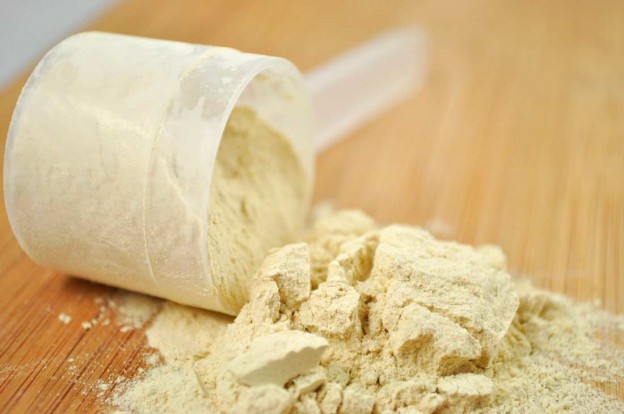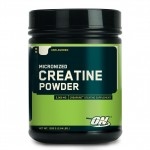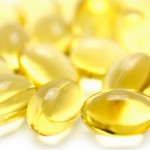Whey Protein & Milk Cause Acne
Blog Entry #71
By Admin – Steroidal.com
Acne can be apparent in both males and females and is most common during times of puberty. Hormonal changes in the body can cause the sebaceous glands to secrete an oily or waxy substance called sebum. We have sebaceous glands everywhere with the exception of the palms of your hands and soles of your feet. Different parts of the body have different numbers of sebaceous glands. Your hands and feet don’t have many, but your back, forehead and chin have the most, which is where acne is most commonly seen. When sebum builds and blocks skin pores, acne can appear. Controlling this sebum production and keeping the layers of the skin clear and functioning is often the best way to avoid acne.
As well as hormonal changes linked to acne, such as testosterone, estrogen, dihydrotestosterone (DHT), insulin and IGF-1, dietary intake can influence acne and its severity. There are a number of medical studies that point the finger at nutrition being a causative factor. In 2002 the man behind the Paleo diet, Loren Cordain, demonstrated that Western civilisations are the ones with the highest incidences of acne [1].
Out of 1,200 Kitavan subjects from Papua New Guinea and the Aché indians in Paraguay, none had acne evident. This was in contrast to Western civilisations, “In westernized societies, acne vulgaris is a nearly universal skin disease afflicting 79% to 95% of the adolescent population. In men and women older than 25 years, 40% to 54% have some degree of facial acne, and clinical facial acne persists into middle age in 12% of women and 3% of men”, the study states. This is speculated to be due to processed foods and refined carbohydrates.
Diary products, such as milk, have also been studied in teenage boys and girls during puberty and to be found to worsen acne [2, 3]. Importantly, the milk was found to contain enough hormonal constituents, or factors that influence endogenous hormones. Other dairies have also been shown to cause acne, such as skim milk, instant breakfast drink, sherbet, cottage cheese, and cream cheese [4]. If milk protein contain about 20% whey, the rest being made up of casein and carbohydrates, what about whey protein supplementation?
A study done in August 2012 by the American dermatologist Nanette Silverberg, fortunately looked at exactly that [5]. Five male subjects aged 14 to 18 years participated in the small study and were already taking whey protein. Two were using whey protein to gain weight, whilst the other three to increase muscle mass.
Silverberg asked the male subjects to stop taking the whey protein to see if their acne would improve, but they refused. Silverberg then started a treatment of oral antibiotics, topical retinoids, and benzoyl peroxide, which had little effect. After the young men stopped using whey protein by their own accord, their acne was visibly improved in around two weeks. One of the subjects who was on his second course of Accutane (isotretinion), then saw a positive effect on his skin reducing his severity of acne.
“Whey protein may be comedogenic in the susceptible host”, said Silverberg in an interview with dermatologistsblog.com. “Usage of whey protein supplements should be screened for when taking history from teenage males. A trial of avoidance or withdrawal from these products should be recommended, particularly in individuals whose acne is not clearing well on standard therapy.”
Limitations are that this study was done on males during puberty and their acne was not from the use of anabolic steroids. The study number was also small. However, acne seems to appear widely from hormonal changes so acne from anabolic steroid use can be treated similarly. If you’re experiencing acne, stop whey protein supplementation and reduce your dairy intake. These simple dietary changes may aid in controlling or reducing your acne from puberty or anabolic steroid use.
We also suggest seeking a physician’s guidance when using oral antibiotics and retinoids, such as Accutane due to negative side effects.
[1]. Arch Dermatol. 2002 Dec; 138(12): 1584-90.
[2]. J Am Acad Dermatol. 2008 May; 58(5): 787-93.
[3]. Dermatol Online J. 2006 May 30; 12(4): 1.
[4]. J Am Acad Dermatol. 2005 Feb; 52(2): 207-14.
[5]. Cutis. 2012 Aug;90(2):70-2.







